Why Do Dogs Cross Their Paws? [Explained]
Dogs, our beloved four-legged friends, exhibit various behaviors that often leave us intrigued and curious. One such behavior is crossing their paws. Some might wonder if this gesture has deeper implications or if it’s simply a randomly adorable quirk.
The answer, as it turns out, encompasses a few different possibilities, making it a fascinating topic to explore.

Crossing paws is not only a reflection of a dog’s emotion but also a mode of communication. Dogs use this gesture to express different feelings such as contentment, submission, and even nervousness. Furthermore, they might be trying to convey a message or request to their human companions.
Let’s delve into the various reasons behind this fascinating canine behavior, shedding light on the mystery of why dogs cross their paws.
Reasons Why Dogs Cross Their Paws
There are several reasons why our canine companions may choose to cross their paws. In this section, we will explore some of the most common factors, including comfort and contentment, body language and communication, submission and submissive behavior, and learned behavior and imitation.
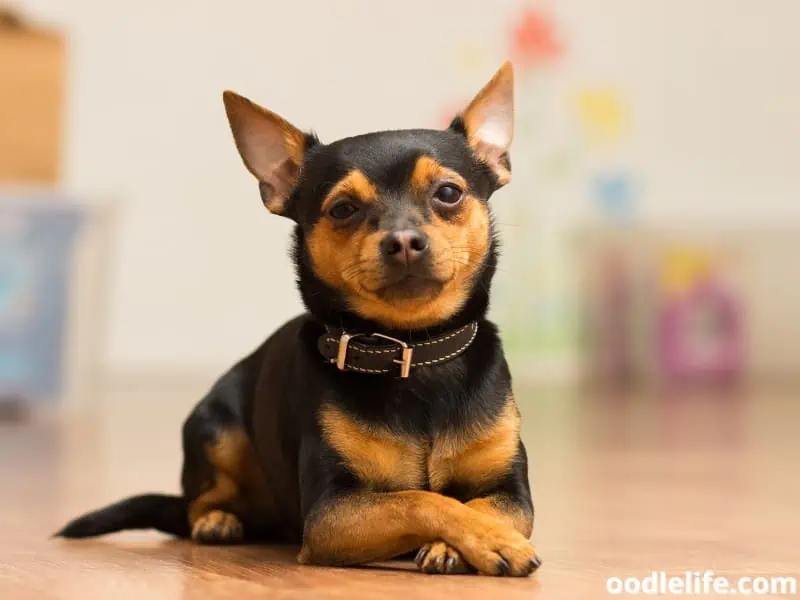
Comfort and Contentment
When a dog crosses their paws, they might simply be expressing feelings of contentment and relaxation. Just like humans might cross their legs when they’re feeling comfortable and at ease, dogs can exhibit similar behavior. For example, after a long day of playing fetch at the park, your furry friend might cross their paws to signal that they are enjoying their downtime.
Body Language and Communication
Dogs are experts at using their bodies to communicate their needs and emotions. By crossing their paws, they might be trying to convey a message to their human companion. For instance, a dog with crossed paws could be signaling their desire for a treat, some attention, or a much-needed belly rub.
It’s important to observe your pet’s overall behavior and body language to accurately decipher the message they’re trying to send.
Submission and Submissive Behavior
In certain situations, dogs may cross their paws to display submissive behavior. This can occur when interacting with other dogs as a non-threatening gesture, or when communicating with humans to show trust and respect. In these cases, crossed paws can signal that the dog feels safe and comfortable in your presence.
Learned Behavior and Imitation
Lastly, dogs are incredibly intelligent and observant creatures, which means they can pick up on habits and behaviors from their human counterparts. If your dog notices that you tend to cross your legs when you’re sitting, they might imitate this behavior in an attempt to please you or fit in with the family. So, don’t be surprised if your dog starts channeling their inner sophisticate and striking a pose with crossed paws—imitation is the sincerest form of flattery, after all.
Breed-Specific Characteristics
Poodles and Polite Paws
Ah, the elegant Poodle. Known for their tight curls and fancy haircuts, but did you know they are also quite polite when it comes to crossing their paws? Poodles have a natural grace and poise that extends to the way they sit.
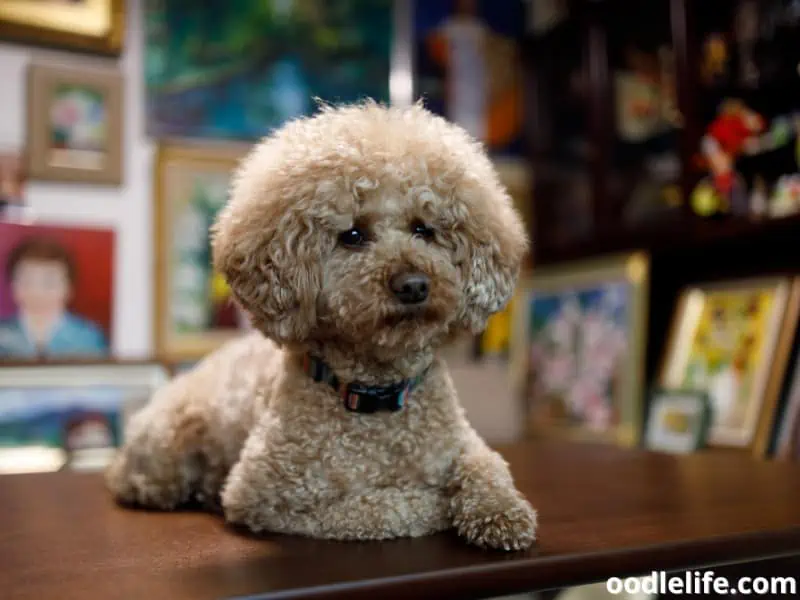
Some might say they’re the royalty of the canine world! Their crossed paws can be attributed to their instincts to convey a level of refinement, making them stand out in the crowd.
Labradors and Crossed Paws
Labradors, the friendly and playful breed we all know and love, are no strangers to the crossed paw phenomenon. Imagine your lovable lab lounging on the floor, their front paws crossed, eyes gazing at you with adoration. This casual and relaxed posture is often seen in Labs as they settle into their environment, feeling comfortable and secure.
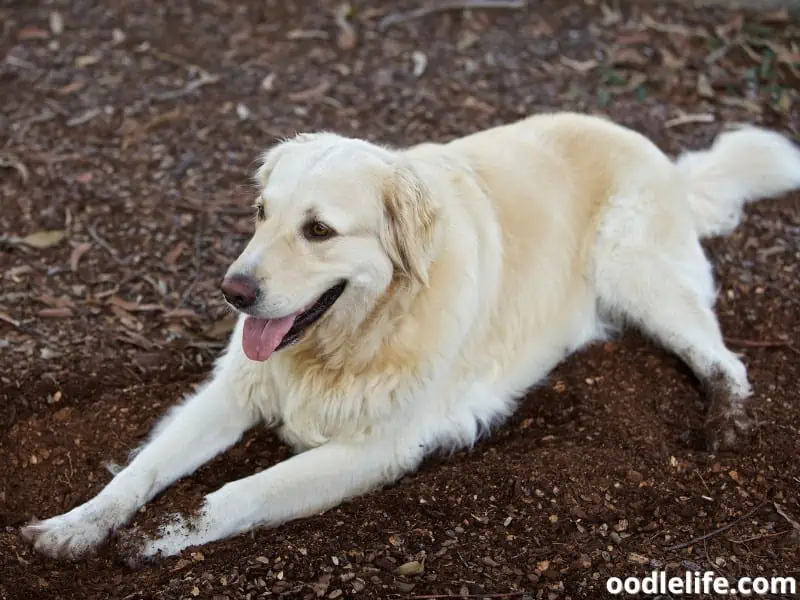
Some Labs cross their paws as a sign of submission, showing that they’re chilled out and ready for some quality cuddle time.
Border Collies and Paw Crossing Behaviors
Last but not least, let’s talk about the brilliant Border Collies. Renowned for their incredible intelligence and energy, Border Collies are always eager to learn and please their humans. Surprisingly, these sharp canines can also display paw crossing behavior as a way to communicate their intentions or emotions.
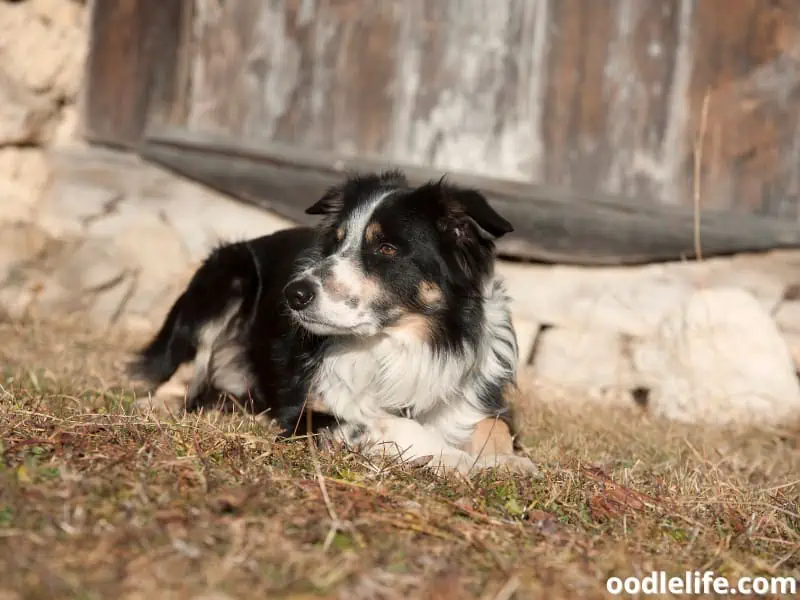
This habit may range from seeking attention or food to simply feeling relaxed in their environment. A Border Collie with crossed paws is likely sharing a message, and their human companions should take note. After all, their keen wit is something to be admired!
In conclusion, dogs cross their paws for a variety of reasons, depending on the breed and individual personality. Whether it’s the poised Poodle, the laid-back Labrador, or the brainy Border Collie, each breed displays paw crossing in its unique way. So, the next time you notice your furry friend crossing their paws, take a moment to appreciate the subtle complexities of their canine communication.
Teaching Dogs to Cross Their Paws
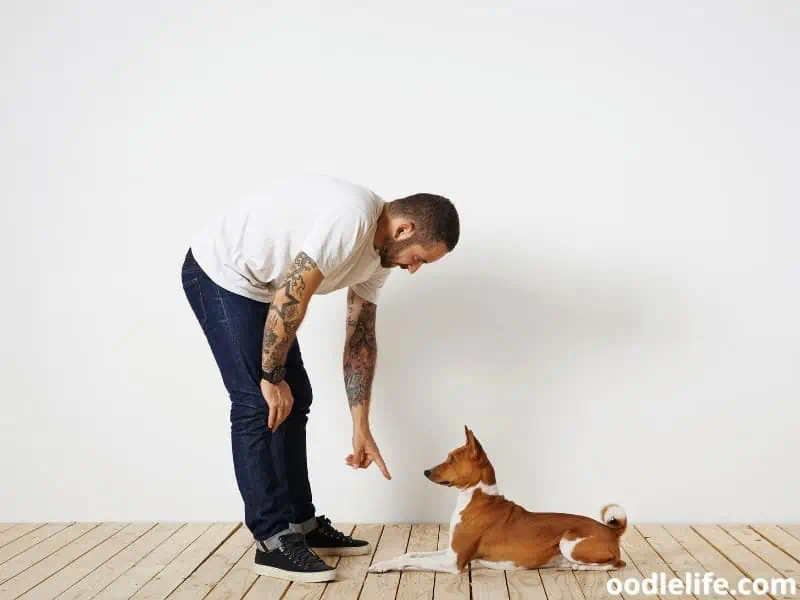
Positive Reinforcement and Rewards
Teaching a dog to cross their paws can be a fun and engaging trick to add to your dog’s repertoire. To start, always use positive reinforcement and rewards to encourage your dog during the training process. Treats and praise are essential components for successful training.
Dogs are more likely to repeat a behavior if they associate it with a positive outcome, such as receiving a treat or affection. Be sure to have your dog’s favorite small treats on hand to use as rewards.
Training Techniques and Tricks
When teaching your dog to cross their paws, use simple and clear commands, such as “CROSS RIGHT” or “CROSS LEFT” for the respective paws. You can gently tap the designated paw to help them understand which paw you’d like them to cross. Begin by guiding your dog to sit or lay down comfortably.
For example, if you want your dog to cross their right paw over their left paw, start by saying “CROSS RIGHT” and then gently tap their right paw. If your dog lifts the correct paw, immediately reward them with a treat and praise. If they lift the incorrect paw, simply withhold the treat and try the command again.
When to Praise and Treat Your Dog?
Timing is crucial when training your dog to cross their paws. Be sure to closely observe their behavior and provide praise and treats as soon as they perform the action correctly. By doing this, you’re reinforcing the connection between the action (crossing their paws) and the reward (treats and praise).
Keep training sessions short and sweet to avoid overwhelming your dog. Consistency and patience are key during the learning process. With some practice, your dog will be crossing their paws like a pro in no time!
Remember, always use a relaxed, neutral, and clear tone when giving commands, and don’t forget to sprinkle in a little humor and encouragement along the way. After all, dogs are our beloved companions, and training should be a fun bonding experience for both you and your furry friend.
Understanding Dog Emotions and Needs
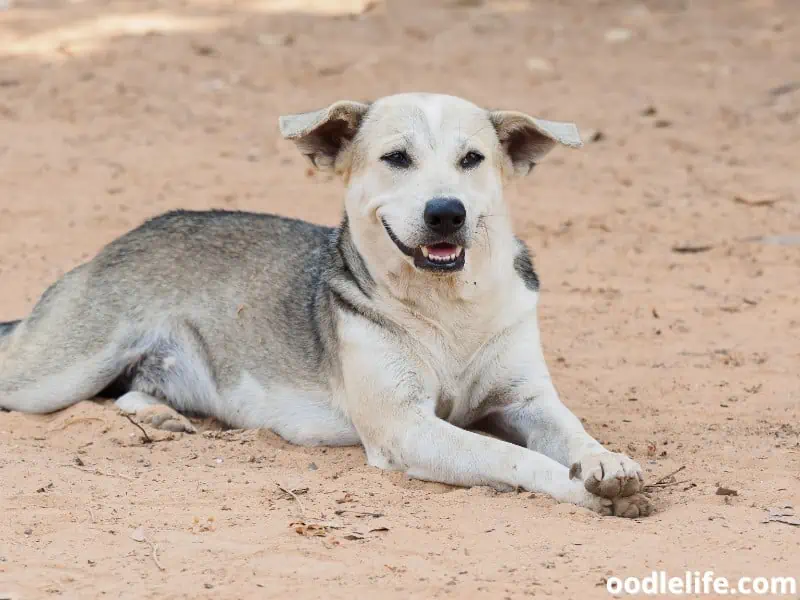
The Role of Dog Translators and Research
Dog translators are experts who help us understand our pets’ intentions and emotions. Research has shown that dogs use various body parts, including their paws, to communicate with us and other animals. For instance, a dog that paws at your hands probably wants something – a toy, a treat, or attention.
Active vs. Relaxing Postures
There’s a noticeable difference in a dog’s body language when they are active versus relaxed. An active dog usually has their tail up, signalling alertness. They might be wagging their tail like a helicopter trying to take off.
On the other hand, a relaxed and comfortable dog might cross their paws while resting, much like humans do. Crossing forepaws, according to certified animal behavior experts, has more to do with comfort and body conformation than you might think.
Building Trust and Affection with Your Pet
By observing your dog’s body language, it’s easier to understand their emotions and strengthen the bond between you both. Here’s a list to remember when trying to decipher your dog’s crossed paws:
- Nervousness: Your dog might cross their paws when feeling anxious or trying to calm themselves down.
- Submission: If your dog crosses their paws when faced with a challenge, they most likely are showing submission to you or another dog.
- Asking for forgiveness: Dogs may cross their paws as a way of saying they’re sorry for a mistake they made.
- Demanding attention: Crossing paws could also mean your dog requires attention from you. Cuteness overload, isn’t it?
Building trust with your pet allows you to understand them better and improve your relationship. Remember, a pet is like an open book filled with paws, tails, and nose boops – all you need to do is learn to read the signs.
Don’t be surprised if your dog becomes a paw-crossing expert, because at the end of the day, they just want to be heard, understood, and given the love they rightfully deserve.
Conclusion
In summary, dogs cross their paws for various reasons, including comfort, communication, and breed tendencies. When a dog is tired or seeking a comfortable position, crossing its paws can provide relief by dispersing their weight evenly. Furthermore, a dog may cross its paws as a form of communication, such as expressing emotions like nervousness or happiness.
Certain breeds, like Border Collies, Poodles, and Labradors, are more prone to this behavior than others. So if you have one of these breeds, don’t be surprised if they cross their paws more often than other dogs.
Remember, dogs have their unique way of expressing themselves, and crossing their paws is just one of the many ways they communicate with humans and fellow canines. So the next time you see your furry friend with crossed paws, take a moment to consider what they might be trying to tell you!
To conclude, never underestimate the expressive power of your dog’s paws – they might just be trying to tell you something important! And who knows, maybe your dog’s crossed paws will inspire some fun anecdotes you can share with fellow dog lovers. Keep observing and enjoying those precious moments with your furry companions, and don’t forget to “paws” and appreciate their unique behaviors!